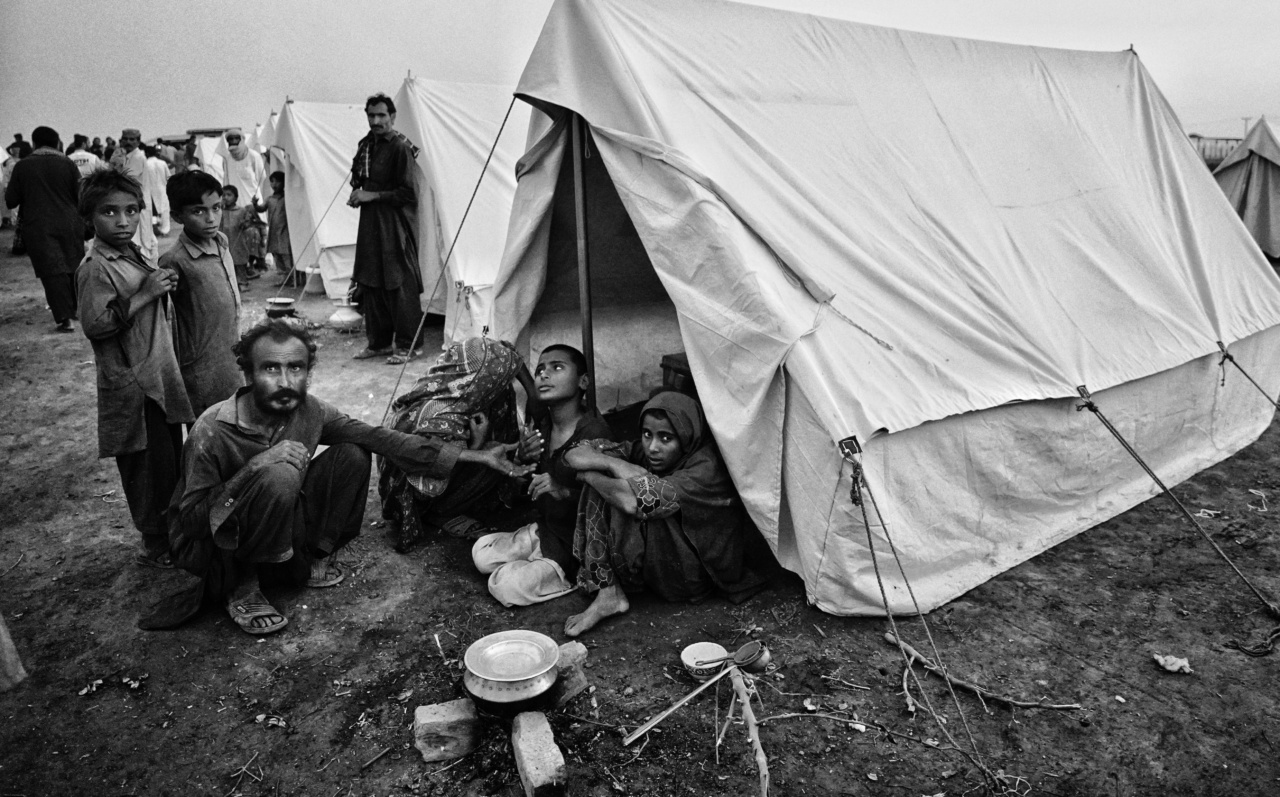Poverty is a major problem in the world today and has been for centuries. Many people live below the poverty line, where they struggle to meet basic needs such as food, water, shelter, and healthcare.
While many temporary measures have been taken to alleviate poverty, such as giving food aid or building schools, it is important to find more permanent solutions to this issue. In this article, we will discuss three permanent solutions to poverty.
Education
Education is one of the most powerful tools for fighting poverty. When individuals are educated, they not only have access to better job opportunities but can also make informed decisions about their lives.
Education is the key to breaking the cycle of poverty as it allows individuals to earn higher wages and provide for their families adequately. For instance, when a family has educated parents, their children are more likely to go to school, and their chances of breaking out of poverty are greatly increased.
Investing in education can take different forms, such as building schools and providing scholarships to students who cannot afford to pay school fees.
Governments can also provide training programs for adults and vocational training to equip them with the skills that are in demand in the job market.
Additionally, governments can make education more accessible by building schools closer to homes, providing transportation for students and teachers, and ensuring that schools are safe and free from any forms of harassment such as bullying and discrimination.
Access to Healthcare
Access to healthcare is another critical solution to poverty. Poor health can hinder an individual’s ability to work, and it also leads to extra expenses associated with medical care.
In most cases, poverty and poor health are interlinked, where the poor are more likely to suffer from poor health outcomes due to the inability to afford quality healthcare or housing conditions. However, investing in healthcare can help reduce poverty as it leads to better health outcomes and enables people to work and earn more.
Governments can invest in healthcare by building health facilities that provide quality medical services to the population.
This should include essential services such as immunization, maternal and child care, and treatment for communicable and non-communicable diseases. Additionally, governments can support health insurance programs that ensure that all individuals can access healthcare services, regardless of their socio-economic status.
Microfinancing
Microfinance is a financial service where small loans are provided to individuals without collateral. This form of financing has been found to empower women and other vulnerable groups in societies and reduce poverty.
It enables individuals to start and run small businesses, leading to more income and improved quality of life. Microfinance has been successful in developing countries, where the population lives below the poverty line, and regular bank financing is scarce.
Microfinance institutions can provide loans to start-ups and small businesses without collateral. This can lead to job creation and income generation, which helps families break the cycle of poverty.
Moreover, non-governmental organizations (NGOs) can also provide vocational training and business development services to help micro-entrepreneurs succeed.
Conclusion
Poverty is a complex issue that requires a multifaceted approach. Addressing poverty through education, healthcare, and microfinance, can lead to more significant impacts and long-lasting solutions.
Governments, NGOs, and the private sector must work together to provide opportunities and support to vulnerable populations. With the implementation of these permanent solutions, it is possible to reduce and even eliminate poverty in some regions of the world.






























